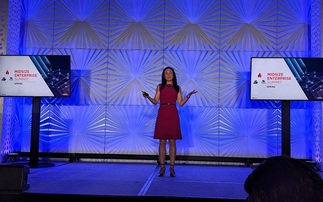Move could help speed patent approval for technology innovations
Filing fees which went into the Federal budget will be kept by the US Patent Office The US Patent and Trademark Office (USPTO) took a long stride nearer much-needed reform this week when presiden...
To continue reading this article...
Join Computing
- Unlimited access to real-time news, analysis and opinion from the technology industry
- Receive important and breaking news in our daily newsletter
- Be the first to hear about our events and awards programmes
- Join live member only interviews with IT leaders at the ‘IT Lounge’; your chance to ask your burning tech questions and have them answered
- Access to the Computing Delta hub providing market intelligence and research
- Receive our members-only newsletter with exclusive opinion pieces from senior IT Leaders

















